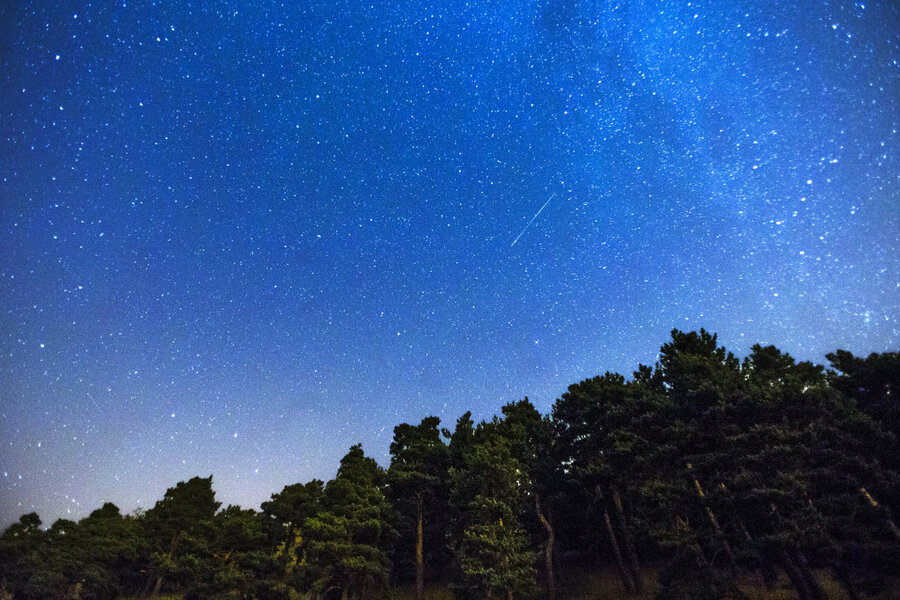The Perseids are coming: How to watch the meteor shower of the year
Loading...
The Perseids, which peak during mid-August, are widely considered to be the best meteor shower to streak through Earth’s atmosphere.
This meteor shower is one of the most plentiful and coincides with warm summer weather in the northern hemisphere, where the meteors are also the most active. Astronomers are predicting the peak of this year’s meeting with Perseid to occur on August 11, 12, 13, and 14, with the best show predicted to occur in the pre-dawn hours of Thursday morning.
To catch the Perseids, NASA recommends heading outside during the pre-dawn hours in an area far from the ambient light of street lamps or cities. Lie flat on your back with your feet facing northeast and look up! After about 30 minutes in the dark, your eyes will adapt and you will begin to see meteors, up to 100 an hour in some lucky cases in northern latitudes, and about a third of that in the southern hemisphere. This year the shower coincides with a waning crescent moon, which comes up just before sunrise, so dark skies for Perseid are practically a guarantee.
Although the Perseid meteor shower gives us one of the more reliable light shows of the year, forecasting the time and intensity of any meteor shower’s peak is “akin to predicting the outcome of a sporting event," according to Earth Sky.
The space debris from Comet Swift-Tuttle streak into the Earth’s upper atmosphere at around 130,000 miles per hour, lighting up the night sky with swift-moving Perseid meteors. If our planet happens to pass through an unusually dense clump of comet debris, then an elevated number of meteors can be visible.
A hallmark of Perseids is its fireballs. Fireballs are larger explosions of light and color that can last longer and shine brighter than an average meteor streak, due to the fact that fireballs originate from larger particles of comet debris.
Comet Swift-Tuttle has an oblong orbit that takes this comet outside the orbit of Pluto when farthest from the sun, and inside the Earth’s orbit when closest to the sun, according to Earth Sky. It orbits the sun in a period of about 133 years. Every time this comet passes through the inner solar system, the sun warms and softens up the ices in the comet, causing it to release fresh comet material into its orbital stream. Comet Swift-Tuttle last reached perihelion – the closest point to the sun – in December 1992 and will do so again in July 2126, Earth Sky reports.
Check out NASA's website for an estimate of the best time to view the Perseids from where you are.








